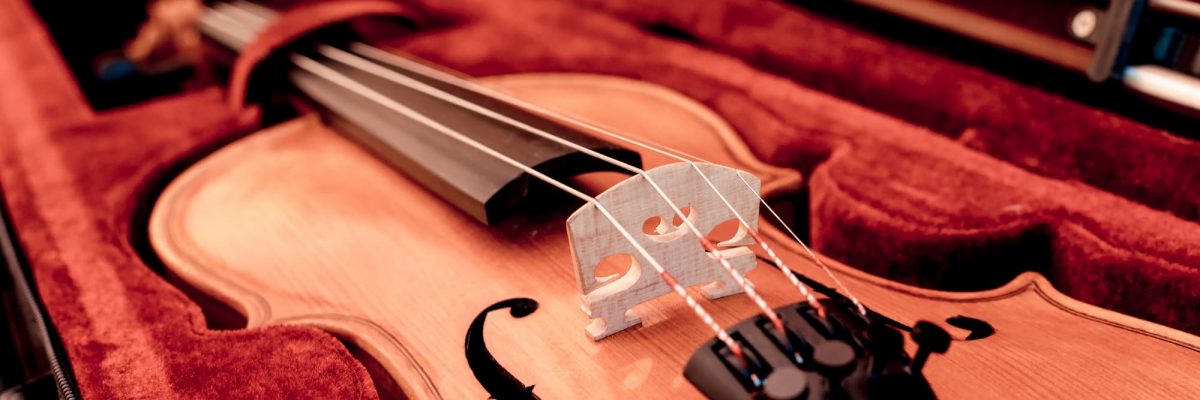Introduction to Violin Maintenance
Maintaining your violin is crucial for preserving its quality and ensuring a beautiful sound. Expert violinists understand that the longevity of a violin greatly depends on how well it’s cared for. Daily maintenance and care will help you keep your violin in top condition for years to come.
Understanding Your Instrument
The Anatomy of the Violin
Understanding the different parts of your violin is the first step in proper care. From the scroll to the tailpiece, each component plays a vital role in the instrument’s function and needs specific care.
The Impact of Environment
Environmental factors like humidity and temperature can significantly affect your violin. Maintaining a stable environment is important in order to protect your instrument from extreme conditions.
Daily Care Routine
Proper Handling
Learning how to handle your violin correctly will help you avoid accidental damage: this includes proper ways to pick it up, hold it, and put it away.
Cleaning and Polishing
Discover the best practices for cleaning your violin. Consult with your Lakeside teach for what products to use, how often to clean it, and the importance of avoiding certain chemicals that can harm the varnish or wood.
Regular Maintenance
String Care
Strings are vital to your violin’s sound. It is important to know how to clean them, how often to replace them, and how to choose the right strings for your playing style and for your violin.
Bow Maintenance
The bow is as important as the violin itself. Learn about rehairing schedules, rosin application, and daily care to keep your bow in perfect shape.
Advanced Care Techniques
Sound Post and Bridge Adjustments
Discover when and how to check the position of your sound post and bridge. We’ll also discuss the importance of professional adjustments and how they affect the sound and playability of your instrument.
Fretboard and Peg Care
Find out how to maintain the fretboard and pegs, including cleaning and lubrication tips to ensure smooth tuning and playing.
Seasonal Care Tips
Preparing for Climate Changes
Violins react to seasonal changes. Learn how to prepare your instrument for different seasons you’re your Lakeside teacher.
Storing Your Violin
Get advice on long-term storage, including the ideal case type, position, and environment to prevent damage when your violin is not in use.
Dealing with Damage
Recognizing Problems
Learn how to recognize signs of damage or wear that need professional attention. It is common for issues such as cracks, open seams, and warping to occur.
Finding a Trustworthy Luthier
Understand the importance of a skilled luthier. Get tips on how to find a reputable professional for repairs and why DIY repairs are usually not advisable.
Conclusion: The Art of Violin Preservation
Caring for your violin is an art that enhances your experience as a musician. By following these expert tips, you’ll ensure that your instrument remains in excellent condition, providing you with beautiful music for many years to come. Remember, a well-cared-for violin is not just a musical instrument; it’s a legacy.

A native of Florida, Cindy grew up with a rich family history of music. Starting with piano at age 9, she added flute and other instruments to her repertoire in junior high. She made all-county band and played piano for her school’s jazz band and show choirs. Throughout her teen years, she also had opportunities to perform in her local community in churches, assisted living facilities, plays, and productions. While pursuing her college degree in education, she traveled as the pianist for a college-sponsored singing group in 48 states over five summers. She has now been teaching music, including instruments and voice, since 1995. She has instructed students of all ages and skill levels, and many of her students from decades past now are teaching their own music students.

